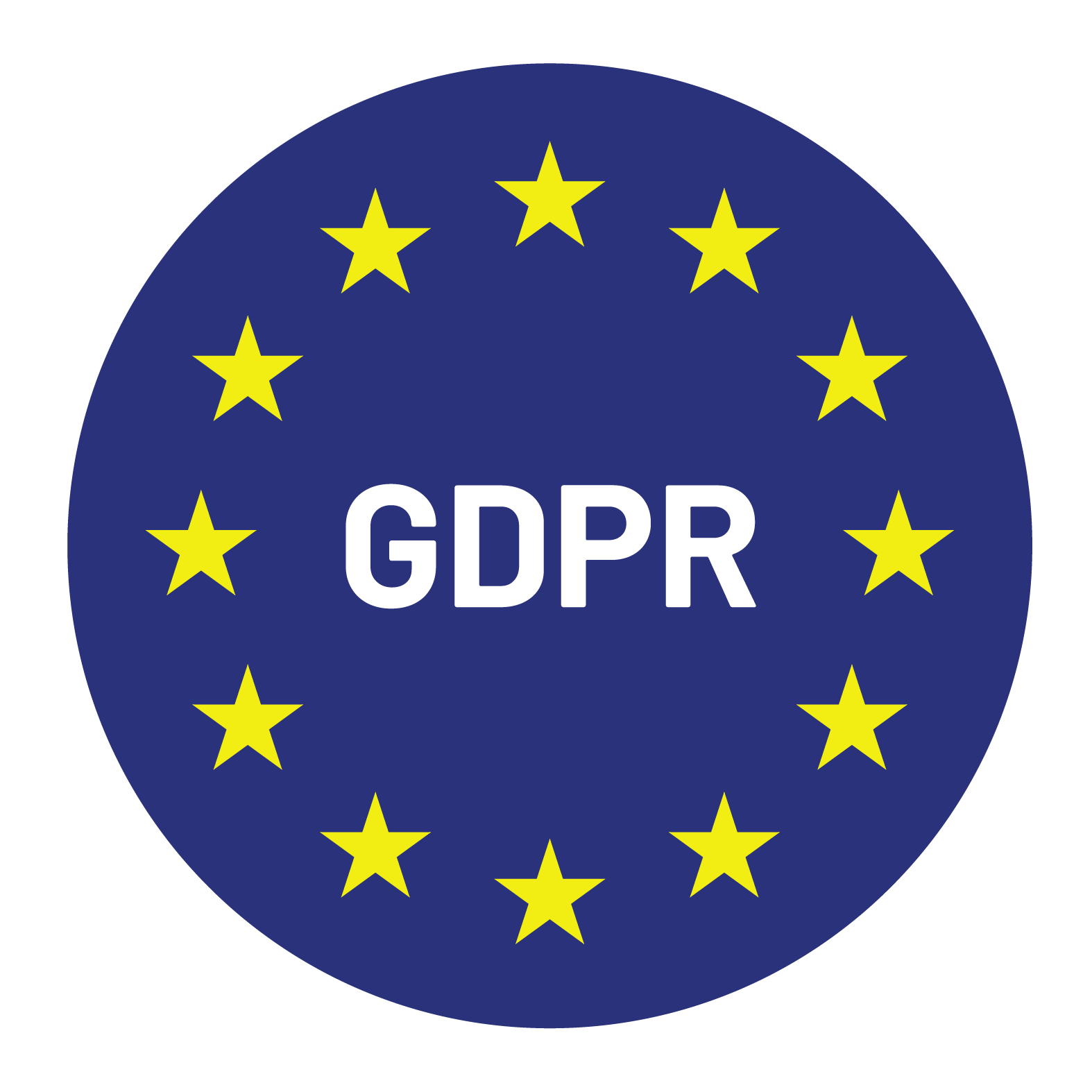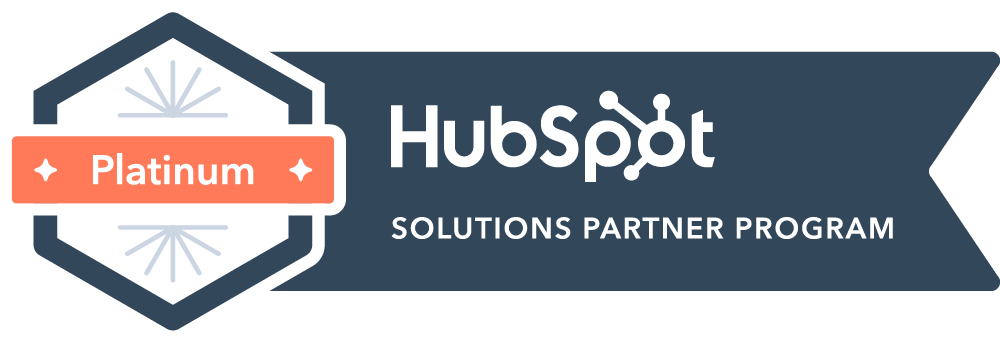

Content Writer for Whistle with multidisciplinary experience spanning over a decade.
Global revenue isn’t a bonus, it’s becoming the norm. For high-growth companies, expanding internationally is no longer a bold move. It’s a standard step in building something that lasts.
The opportunity is real. So is the complexity. New markets bring language barriers, regulatory headaches, and wildly different buyer behavior. But the payoff is significant if you can build a high-performing international SDR engine. You get rapid growth, wider brand reach, and a more resilient revenue model.
We’re laying out a blueprint for building those engines the right way – not by copying what works at home but by designing intentionally for scale, nuance, and speed. You’ll learn what separates global sales acceleration from slow international sprawl and how to build a system that delivers.
International expansion isn’t optional for most high-growth companies. Investors expect it. Boards ask for it. Founders are judged by how quickly they can show traction in new regions. Markets that were once considered “future bets” are now front and center.
Getting this right means more than opening a regional office or hiring a few reps overseas. It means building a sales development function designed for global momentum. Done well, this approach delivers:
On the other hand, relying on a domestic-only growth strategy limits upside and concentrates your exposure. You end up missing out on a demand you didn’t know existed or losing to players who understood how to localize faster.
That’s where international SDR engines come in. They are built to create a consistent, qualified pipeline across markets. Messaging, motion, and management are tailored for each region. Without that structure, you’re flying blind or guessing at scale.
Designing a high-performing global SDR engine is not about throwing bodies at new markets. It requires systems, structure, and strategy to make expansion sustainable and scalable. Here’s what matters most.
Not all international markets are created equal. Some might have a clear use case for your product, but long sales cycles. Others may have fewer regulatory hurdles but more entrenched local players. You need a framework to assess and prioritize opportunities.
This starts with international market research. Look at GDP, digital infrastructure, buyer sophistication, and go-to-market readiness. But the decision isn’t just data-driven. Your internal readiness matters too. Do you have local references? A champion in-region? Compliance sorted?
The smartest companies approach this with structured global market analysis and clear tiers. Tier 1 markets are where they can move now. Tier 2 markets need prep work. Others may be long-term bets for future investment.
It doesn’t matter how strong your pitch is if it doesn’t resonate. Outreach that works in the US or UK might fall flat in Japan or Germany. That’s why localized messaging and content are non-negotiable.
This goes beyond translation. It’s about understanding buying signals, social norms, and decision-making structures. In some markets, phone calls are intrusive. In others, they’re expected. Your SDR team needs to understand these nuances.
Language-specific SDRs reduce friction and build rapport faster. They also help avoid costly missteps. Localization applies to channels, too. WhatsApp might outperform email in one region, while LinkedIn carries more weight elsewhere.
Great global outreach is built from the ground up. It is not copied and pasted from your home market.
Covering multiple markets means operating across multiple time zones. That can create a management headache if you’re not structured for it. But done well, it gives you near 24-hour sales coverage and a global motion that doesn’t sleep.
Start by designing the right international team structure. Where are your reps based? Who manages them? How do you create overlap without adding unnecessary layers?
Technology helps. Global collaboration tools like Slack, Notion, and Zoom keep distributed teams moving. But it’s also about process. You need clear handoffs, standardized onboarding, and shared expectations. Otherwise, you get inefficiencies, missed opportunities, and siloed execution.
Effective remote team management is one of the biggest differences between companies that scale globally and those that stall after a few markets.
Your SDRs are only as strong as the tools and training they’re given. This matters even more across international markets, where the stakes and variables are higher.
Global sales enablement starts with tailored onboarding. Reps need to understand not just the product, but also the specific objections, buyer roles, and workflows in their assigned region. One-size-fits-all decks won’t cut it.
Localized sales tools, like region-specific battlecards and objection-handling guides, turn good reps into high performers. Ongoing international sales training keeps them sharp and aligned.
At Whistle, we’ve seen how customized enablement can accelerate time to ramp and increase conversion rates across regions. When reps are confident and equipped, your global SDR engine moves faster and smarter.
Your international SDR strategy shouldn’t be based on guesswork. You need data that goes deeper than basic activity metrics.
International sales analytics give you visibility into which markets are producing qualified pipeline, where deals stall, and which SDRs are consistently delivering. But it’s not just about tracking KPIs. You need to know which metrics matter most in each market.
A connect rate of 12 percent in Brazil might be excellent. That same number in Sweden could point to a problem. Local context matters. So does consistent tracking. Build dashboards that compare performance across markets in a meaningful way.
Use those insights to optimize outreach, adjust resourcing, and focus on what works.
International growth fails when your systems aren’t built for scale. Your CRM needs to handle multi-region teams, different currencies, and regional data visibility. Without that, you get confusion, duplicate work, and missed pipeline.
Global CRM implementation doesn’t need to be messy. Build for clarity and control. Use structured fields, region-specific views, and territory alignment.
Sales automation also helps. Tools like Outreach, Salesloft, and Apollo can support localized cadences and ensure consistency. But automation must stay compliant. Data privacy compliance — GDPR, PDPA, and others, is not optional. Build your stack with local regulations in mind.
With the right infrastructure, your SDRs spend more time creating pipeline and less time on admin.
Global expansion is rarely smooth. You’ll face cultural misunderstandings, legal hurdles, hiring delays, and time zone mismatches. But none of these should slow down your progress.
Clear documentation helps teams stay aligned. Over-communication keeps expectations consistent across regions. And involving local leaders early ensures that your strategies reflect regional realities.
Flexibility is essential. The process that works in one country may require a different approach elsewhere. Build a system that supports iteration and welcomes feedback.
Companies that succeed on an international scale know how to balance structure with adaptability.
You can’t improve what you can’t measure. For global SDR success, track:
Review performance often. Use it to adjust priorities, shift resources, and share winning playbooks across markets. A feedback loop rooted in performance data keeps your global engine moving forward.
Scaling globally requires more than ambition. It takes structure, focus, and the right systems to support growth. When your international SDR engine is built with intent, it becomes a force multiplier. The result is a consistent pipeline and rapid traction across markets.
Want to build an international SDR engine that delivers real momentum? Whistle helps companies scale faster across borders with systems that work and SDRs who deliver. Get in touch to see how we can help.


© Copyright – Whistle 2023